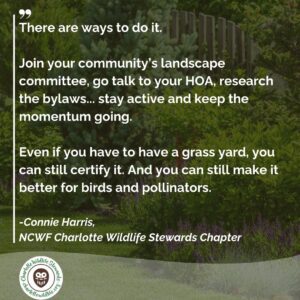Habitats and HOAs -10 Ways to Create a Wildlife Habitat Within Community Guidelines
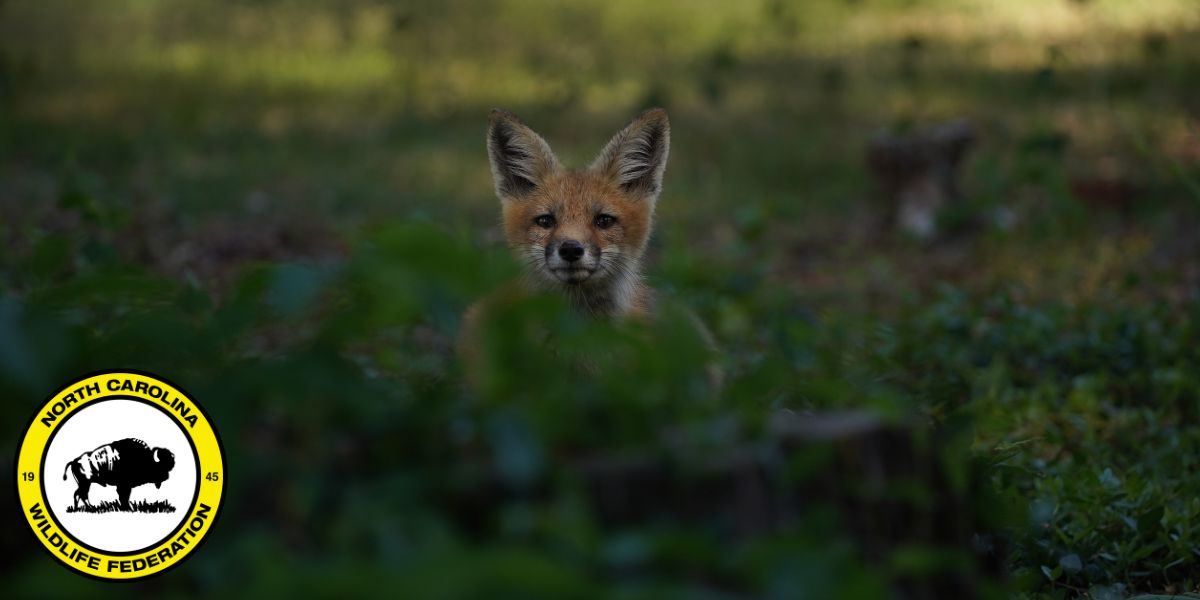
North Carolina, like much of our country, faces a significant habitat problem. The available spaces where wildlife can thrive—finding food, water, shelter, and safe places to raise young—are increasingly scarce.
But it doesn’t have to be this way. Spaces that could be hospitable for wildlife are plentiful – if we would landscape differently. Dr. Doug Tallamy, author of Nature’s Best Hope and Bringing Nature Home, estimates there are 40 million acres of lawn in the US. If landowners converted half of these spaces to habitats full of native plants, we could restore 20 million acres of habitat, creating a “park system” larger than all of the country’s national parks combined.
This hits on the fact that one of the biggest issues for wildlife is the lack of connected, hospitable habitats, especially as private properties are often dominated by turfgrass and nonnative species, which offer little value to wildlife.
Creating environments that support wildlife requires deliberate effort, and this task is made even more challenging by certain landowner restrictions.
Many housing and civic organizations work diligently to ensure their communities are safe and secure for residents. However, these same restrictions often hinder positive changes, particularly when it comes to supporting wildlife and natural habitats.
So, how can we address this problem when many communities are still bound by restrictive systems that prevent meaningful changes for wildlife? NCWF is dedicated to building a community that seeks to protect, conserve, and restore wildlife and habitat, regardless of the setting of those habitats.
This blog post aims to offer guidance and resources for those interested in transforming their properties into wildlife havens, even in the face of such limitations.
A Note on Changing Policies
Your HOA may have rules and restrictions that limit your ability to implement habitat improvements beneficial for wildlife on your property. The most prudent approach is to work within the guidelines set by your HOA. However, you can always request a review or change of certain policies.
When approaching your HOA, it’s important to stay calm and composed. Present a clear and thoughtful case for why you believe certain policies should be reconsidered, gather support from other members of your community, and consider how these changes may impact other residents and community members.
Note: The restrictions within HOA’s and other civic associations varies from place to place. It is important to review your community’s policies before incorporating these or other habitat improvements.
1. Native Flower Beds (In Pockets or Borders)
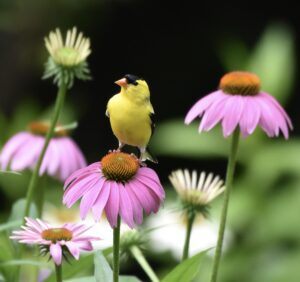
American goldfinch (Spinus tristis) on purple coneflower (Echinacea purpurea) by Annemarie Chaussar, NCWF Photo Contest Submission
- Why: You can still create habitat by introducing native wildflowers or plants in small pockets or borders without changing much of your lawn. These will provide food and shelter for pollinators like bees, butterflies, and hummingbirds, as well as help with water retention and soil health.
- How to Do It: You can focus on small garden beds around the edges of your yard, along walkways, or near fences. Choose low-maintenance, native flowers like coneflowers, black-eyed Susans, or asters. These plants are colorful, resilient, and can still blend with the overall look of your yard. Plus, they attract insects that birds will naturally eat.
Remember, it is important to plant in masses (large groups of the same plants) or as densely as possible to facilitate forage and cross-pollination between plants. Pantings should be dense enough to provide pollinators with shelter from predators.
2. Planting Trees and Shrubs
- Why: Trees and shrubs can offer habitat, shelter, and food for a variety of animals. They provide shade, encourage beneficial insects, and attract birds without drastically altering your lawn. Trees and shrubs also offer vertical layers that wildflowers and grasses may not. Layers add opportunity for valuable nesting sites, shelter, and places for wildlife to bear young.
- How to Do It: Consider adding small, native trees or shrubs like serviceberries, dogwoods, or elderberries. These can be placed along the perimeter or in corners of your yard, where they won’t disrupt the aesthetic but still provide essential resources. Many of these plants have berries or flowers that are nutritious for wildlife.
3.
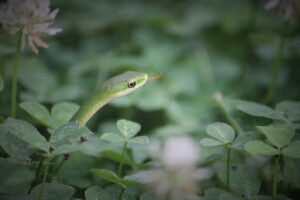
Rough green snake (Opheodrys aestivus) by Angela Hawkins, NCWF Photo Contest Submission
Groundcover and Pollinator-Friendly Plants
- Why: Adding pollinator-friendly groundcovers that are low-maintenance and blend with your grass can encourage natural habitats without reducing lawn space.
- How to Do It: Plants like clover or creeping phlox can serve as groundcovers that provide nectar and shelter for insects while staying neat and tidy. Clover also acts as a natural fertilizer for your soil, so it’s beneficial for both wildlife and your yard.
4. Wildlife-Friendly Edging
- Why: You can incorporate habitat features without affecting your HOA’s guidelines by adding natural edging around your garden areas to encourage wildlife, like beetles and insects, to visit.
- How to Do It: Consider using natural stone, wood, or even low-growing plants (like thyme or sedum) as edging around your flower beds or tree plantings. This gives the illusion of neatness while providing places for small critters to hide or forage.
5. Small Water Features (Discreet)
- Why: If you can’t use a rain barrel, maybe a small birdbath or water feature can still be an option. Water is crucial for wildlife, especially in dry seasons.
- How to Do It: A simple, shallow birdbath or small fountain could be an appealing option that’s not too intrusive. You can choose designs that complement your yard’s look (e.g., a sleek, modern birdbath or a natural stone basin). Just make sure to keep it clean and shallow for safety.
6. Leaf Piles and Brush Piles (Discreet)
- Why: Providing shelter and nesting sites for small mammals, insects, and birds is a great way to help wildlife thrive, and it can be done without disturbing your lawn too much.
- How to Do It: Rather than leaving large piles, you could place small, tidy brush piles or leaf piles in less visible corners of your yard. These can offer vital cover and nesting spots. Just make sure they’re organized and don’t detract from your yard’s overall appearance.
7.
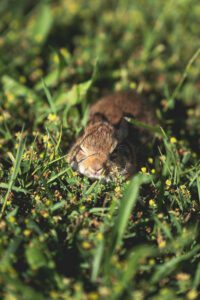
Eastern cottontail (Sylvilagus floridanus) by Aaron Murray, NCWF Photo Contest Submission
Incorporating “Wildlife-Friendly” Mulch
- Why: Organic mulches like shredded bark or leaf mulch can help retain moisture for plants while providing habitat for insects and microfauna.
- How to Do It: Use mulch around your native plants or trees. Not only does this help conserve water, but it provides shelter for beneficial insects, earthworms, and other small creatures that serve as food sources for birds. You can also collect fallen leaves from trees to use as mulch. Store them out of sight until they are broken down enough to use effectively as mulch.
8. Minimize Pesticide and Herbicide Use
- Why: Chemicals harm beneficial insects and reduce the food supply for birds and other wildlife. Keeping your yard chemical-free promotes a healthier ecosystem.
- How to Do It: Opt for organic or natural methods of pest control. For instance, you can use beneficial insects like ladybugs to control aphids or hand-pick weeds instead of using herbicides. This ensures that your yard remains safe for the wildlife you’re trying to support.
9. Habitat-Friendly Lawn Care
- Why: If you have to keep some lawn areas, consider using more sustainable lawn care practices that support wildlife.
- How to Do It: Mow less frequently to allow certain wildflowers or grasses to flower and set seed, which will attract pollinators and other wildlife. Additionally, leaving clippings on the lawn (as long as it’s not too much) can help return nutrients to the soil and create habitats for insects.
- Get Creative and Have Fun
- Why: Your HOA is more likely to approve of your landscape if it looks intentional and is attractive.
- How to Do It: Turn dead plant material into attractive art or sculptures. Use benches, bird baths, rocks, and educational signage as focal points in your garden. Most importantly, talk to your neighbors and educate them on wildlife-friendly landscaping practices!
Register Your Yard As A Certified Wildlife Habitat
So, you’ve followed all the steps, and you’ve ensured that wild birds
have a place to find food, water, cover, and places to raise young on your property. What now?
Make it official by registering your yard as a Butterfly Highway Pollinator Pitstop or Certified Wildlife Habitat!
Certified Wildlife Habitat
In conjunction with the National Wildlife Federation, NCWF offers a Certified Wildlife Habitat program, allowing private landowners the chance to designate their own yards as a safe place for wildlife of all kinds. NC has the 4th highest number of Certified Wildlife Habitats of all time compared with the other states, and you can help lead the charge!
Creating a Certified Wildlife Habitat simply means providing the four key elements wildlife need in order to survive: food, water, cover, and places to raise young. Join other conservation-minded private landowners by certifying your yard, balcony container garden, schoolyard, work landscape or roadside greenspace into a Certified Wildlife Habitat.
Butterfly Highway Pollinator Pitstop
You can convert your yard or garden container to a registered Pollinator Pitstop by taking a few simple measures to provide critical habitat for butterflies and other pollinators:
Join/Register your garden: By registering your yard as a Pollinator Pitstop, you are committing to providing a safe place for pollinators to thrive in both adult and young stages. Your Pollinator Pitstop can be any size and there is no charge to join.
Stay informed: Sign up to receive the weekly Butterfly Highway email newsletter, featuring Pollinator Pitstop highlights, native and invasive plant and wildlife information, and other helpful resources.
Plant NC native pollinator seeds: Expand your current pollinator garden or start a new garden bed by including NCWF’s native pollinator seed mix. Seeds will arrive in a packet that includes a mix of at least 7 different species of native pollinator plants that support both larval and adult stages of local pollinators. Seed packets cover about 25 square feet.
Signs on the Highway: Purchase a Butterfly Highway sign to bring your neighbors and friends onto the Highway with you.
Support the Butterfly Highway: Your investment helps expand pollinator habitat throughout North Carolina through on-the-ground restoration projects, supporting policy that benefits pollinators, and much more.
Written by:

– Bates Whitaker, NCWF Communications & Marketing Manager
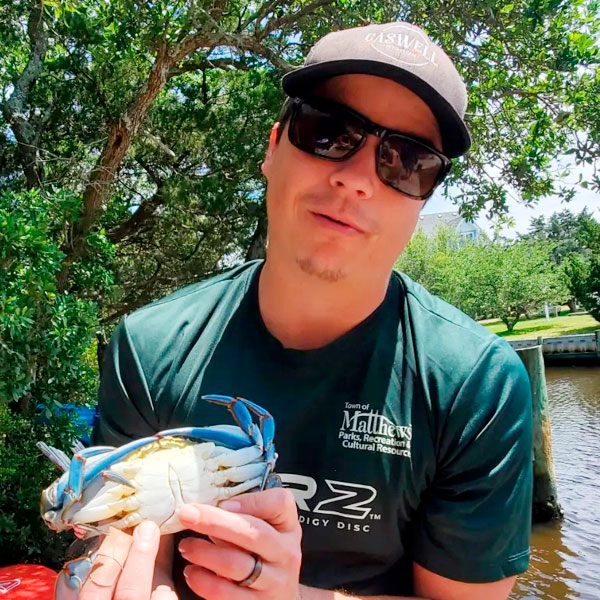
– Alden Picard, Conservation Coordinator


